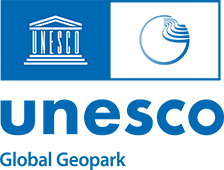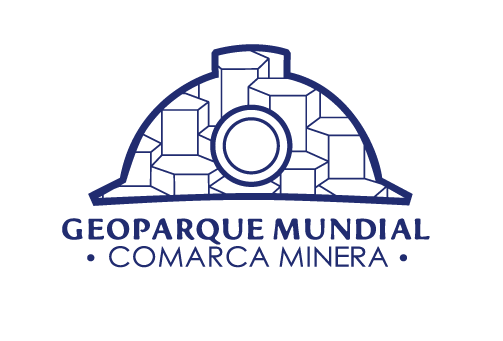Dr. Nimcy Arellanes Cancino, Dr. Adriana Sandoval Moreno, 2025
Visual Memories of a Territory is a series of images from Hidalgo that serve as windows to the past, to the transformation of the territory through its populations and their surroundings. They invite us to reflect on how decisions driven by economic and urban planning objectives have transformed nature, demanding the design of sustainable scenarios for the management of natural and created common goods that make up our biocultural heritage.
Visual memories of a territory:
Between mountain ranges and valleys, the territory of Hidalgo is composed of a mosaic of landscapes, nature, and culture that stretches from the mountainous Huasteca to the Sierra Alta, Sierra Baja, and Sierra Gorda mountain ranges, through the Altiplano, the Mining Basin, and the Mezquital Valley, between the Sierra Madre Oriental and the Neovolcanic Axis.
Floristic corridors reflect the characteristics of the soil, water, climate, and food available to historically settled populations. Local knowledge allowed the diverse use of the maguey plant: ixtle fiber for bags, aguamiel and pulque as refreshing drinks, and the gathering of edible and medicinal plants, which represent features of bioculture, a system made up of nature, knowledge, practices, and sociocultural meanings integrated over time.
Rivers, lagoons, dams, and springs are living memories of the processes that have transformed the territory. Stone and concrete bridges, along with hydraulic technologies, made it possible to access water for irrigation, mining, and drinking. Rural life was closely tied to family and neighborly relationships, surrounded by cacti, rivers, pack animals, maguey, and maize.
The images from Hidalgo serve as windows to the past, to the transformation of the territory through its populations and their surroundings. They invite us to reflect on how decisions driven by economic and urban planning objectives have transformed nature, demanding the design of sustainable scenarios for the management of natural and created common goods that make up our biocultural heritage.

